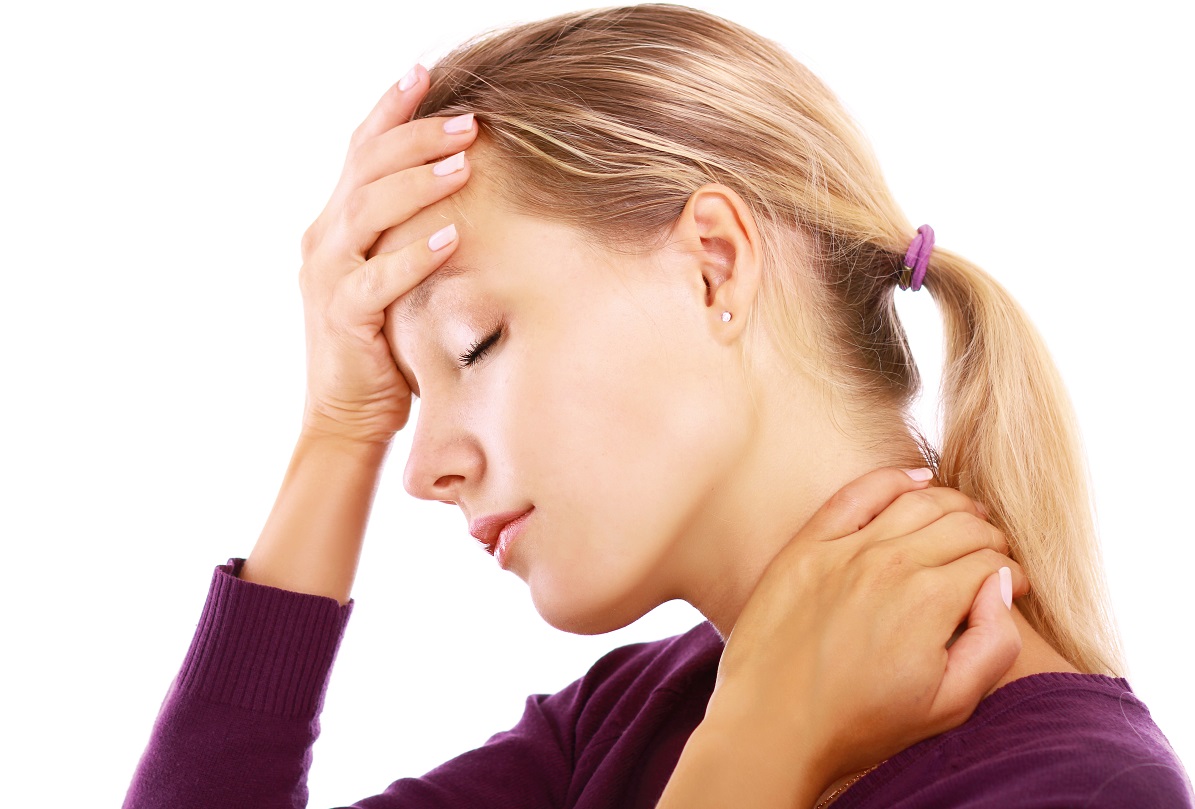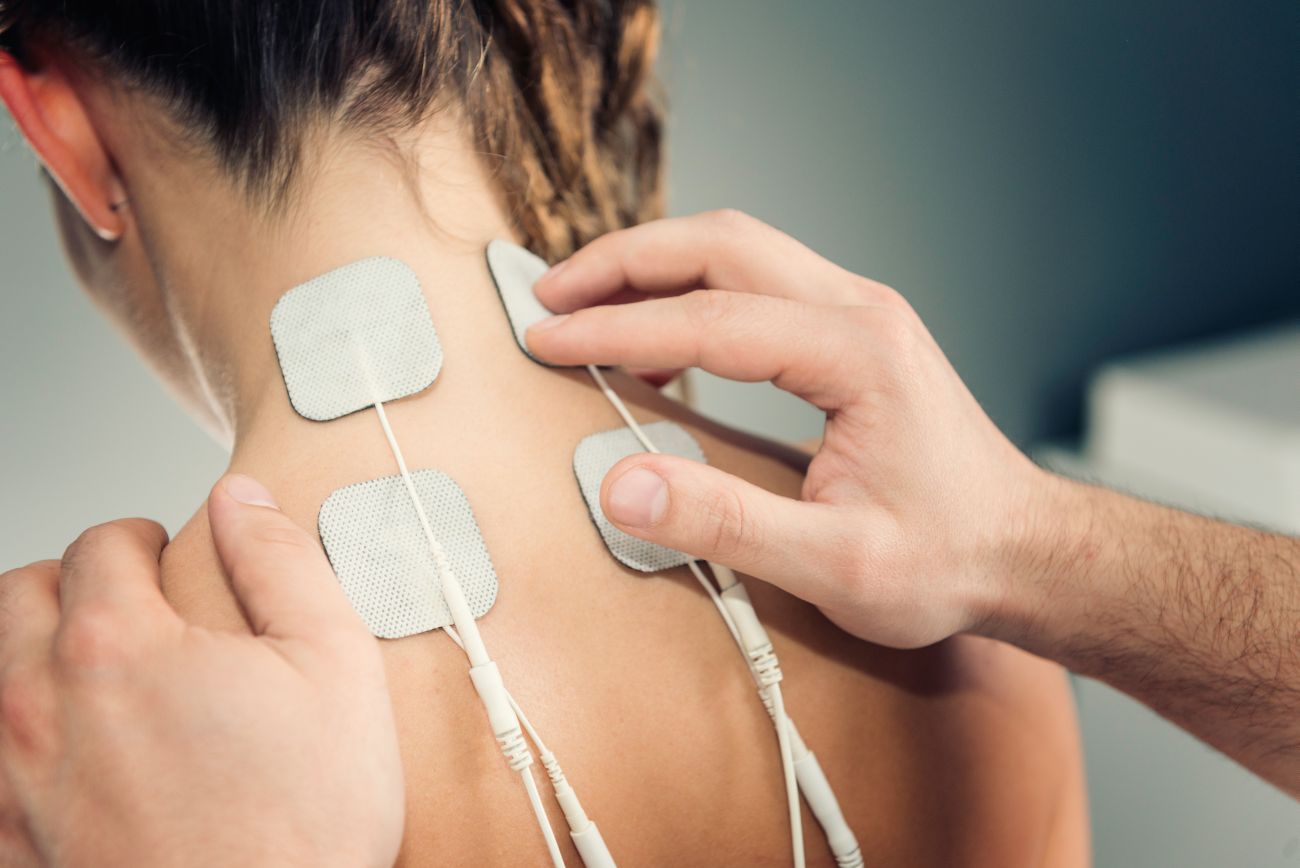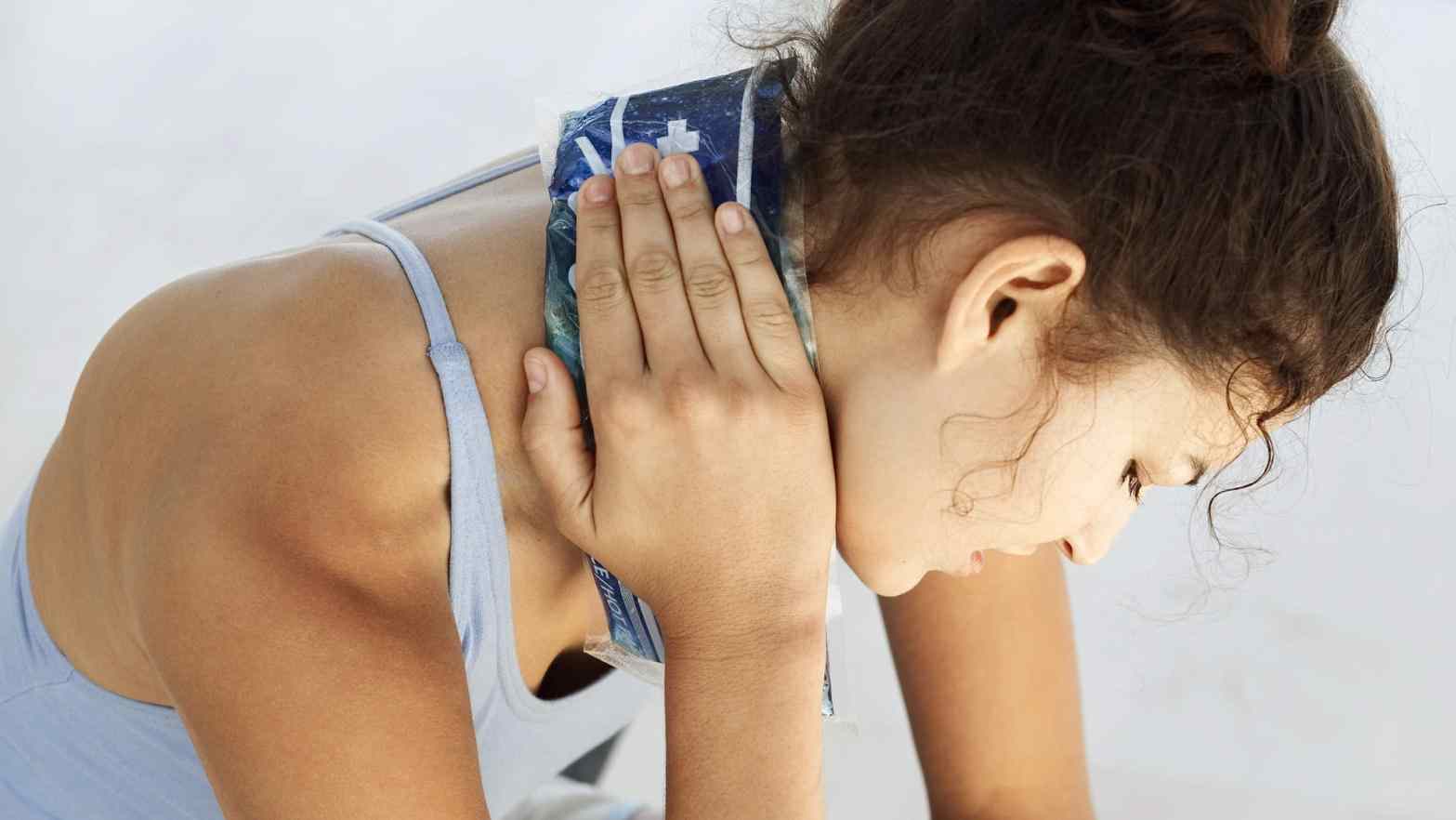Cervical osteochondrosis is a very common problem among office workers and representatives of other "sedentary" professions. Dizziness with cervical osteochondrosis and headache are serious problems that worsen the quality of life. To effectively get rid of symptoms, an integrated approach is needed, which includes not only drug therapy, but also lifestyle changes.
Material Content:
Causes of Dizziness
Dizziness due to this disease is a result of compression of the vertebral artery by deformed cervical vertebrae. In the late stages of osteochondrosis, osteophytes are formed, which are growths of bone tissue and can irritate nerve endings, compress arteries and blood vessels, thereby disrupting cerebral circulation.
Many patients with osteochondrosis note that dizziness is not always present. Factors predisposing to the onset of an attack or the appearance of such a symptom are:
- uncomfortable sleep position;
- long stay in a sitting position;
- using too high pillows for sleeping;
- muscle clamps due to sudden movements.
It is important to understand that to combat discomfort without taking measures to treat the underlying disease is useless. Dizziness is only a symptom, the cause of the appearance is osteochondrosis of the cervical spine, which requires a comprehensive and timely treatment. Otherwise, the disease progresses, and the discomfort will only intensify.
Symptoms, forms and varieties
The disease is a degenerative-dystrophic process in the vertebrae of the neck. With this pathology, the intervertebral discs decrease in size and gradually thin out. As a result, dense growths are formed, irritating the nerve endings and constricting arteries that feed the brain.
Symptoms of the disease:
- cephalgia;
- dizziness;
- noise in ears;
- increased eye pressure;
- Anxiety Disorders
- fatigue.
Dizziness in this case cannot be considered as a separate symptom, since it acts as part of the symptom complex of the disease of the cervical spine. Most often, it bothers in the morning, immediately after sleep, and may be accompanied by nausea, disorientation and weakness.
Three types of violations are distinguished, depending on the processes preceding the occurrence of vertigo:
- vertebral artery syndrome;
- diencephalic syndrome;
- vestibular-stem syndrome.
In the first case, the cause of dizziness is a violation of the blood supply to the brain. This is due to compression of the vertebral artery, altered vertebrae and narrowing of the first, which interferes with normal blood flow. Also, the violation may be associated with irritation of the nerve endings with osteophytes.
Diencephalic syndrome is considered as part of the symptom complex of vegetovascular dystonia against the background of cervical vertebrae deformation. This syndrome is accompanied by jumps in blood pressure, pain in the cervical spine, bradycardia or tachycardia. Patients often experience cephalgia of tension, dizziness can occur with seizures when changing weather conditions, fatigue, sharp slopes and jumps in blood pressure.
In addition, dizziness (vertigo) may be the result of disturbances in the functioning of the vestibular apparatus. This phenomenon is called vestibular-stem syndrome and occurs due to insufficiency of cerebral circulation due to pathology of the cervical spine. Vertigo in this case occurs during sharp turns and tilting of the head, and not only after sleep in an uncomfortable position.
Methods for treating ailment
The approach to treatment should be comprehensive and depends on the stage of the disease. With pronounced changes in the structure of the intervertebral discs, supportive therapy is needed to prevent the progression of the disease.
- Mild osteochondrosis can be completely cured by lifestyle changes and special exercises from the exercise therapy course.
Therapy should be prescribed by a neurologist. Before this, it is necessary to undergo a complete diagnosis of the spine and cardiovascular system, it is preferable to do an MRI and dopplerography of the brain vessels. Based on the results of the examinations, an individual therapy regimen is selected. In general, treatment includes medical correction, physiotherapy, physiotherapy exercises (exercise therapy).
Medications
Drug treatment has several goals:
- eliminate muscle clamp and neuralgia;
- normalize cerebral circulation;
- restore metabolic processes in the vertebrae;
- get rid of pain and discomfort.
The exact treatment regimen depends on the severity of the manifestation of the disease.
To eliminate neuralgia and muscle clamping, drugs from the group of muscle relaxants are used. These drugs block neuromuscular transmission of skeletal muscles, thereby relieving spasm and clamping. Representatives of this group are Midokalm, Sirdalud, Tizanidin.
To normalize cerebral circulation, vasodilator drugs, adaptogens and metabolic agents are used. One of the most affordable drugs is Cinnarizine. This tool, effectively eliminating dizziness and nausea, is time-tested. Actovegin, vinpocetine and other drugs are also used.
- Dizziness medications are vasodilators that improve blood supply to the brain.
To restore the metabolic processes of the cervical vertebrae, vitamin-mineral complexes and chondroprotectors are prescribed. There are a lot of such drugs, the doctor will tell the best remedy, depending on the characteristics of the course of the disease.
To eliminate headaches, conventional analgesics and non-steroidal anti-inflammatory drugs are used. These are symptomatic drugs, they can be used sporadically, but you should not rely on them as a remedy for osteochondrosis or dizziness. An example of such tablets is Ibuprofen, Citramon, Solpadein, Nalgesin.
Additionally, various warming ointments can be used. They irritate the skin and stimulate blood flow in the cervical region, thereby improving overall well-being. Quite often, medicines based on bee or snake venom are used - Apizartron, Vipratox, Viprosal.
Exercise complex
At home, simple exercises will help normalize blood circulation and muscle tone.
- Sit straight, straighten your shoulders. The crown of your head reaches for the ceiling, straining your neck. Hold the tension for 10 seconds, and then relax the neck.
- Press palm on forehead, deflecting head back. Then put a palm on the back of the head, and repeat the exercise.
- Put your palm on the temple, moving your head with your hand in the opposite direction. Then change hands. Perform for 5 seconds.
- Slowly turn your head to the right, then to the left. Repeat 20 times.
- Stand up, straighten your shoulders and chest. Tilt your head forward, pressing your chin to the dimple between the collarbones. Then perform the exercise, tilting the head as far back as possible.
Performing such gymnastics is recommended daily after sleep, as well as during prolonged sedentary work.
Diet
A diet will help to improve well-being, but it is more a complement to drug therapy, and not an independent treatment method. Dizziness and nausea will go away if you reduce salt intake, but increase the amount of water you drink. Salt retains fluid in the body and can cause an increase in arterial and intracranial pressure, which is fraught with headache and dizziness.
It is necessary to provide the body with a sufficient amount of protein, so it is recommended to regularly eat lean meats, fish, dairy products and chicken. As dietary supplements, doctors recommend taking glucosamine, chondroitin, omega-3.
Physiotherapy
Physiotherapy will help get rid of symptoms, normalize cerebral circulation and improve metabolic processes in the spine. Traditionally, preference is given to two methods - medical electrophoresis and magnetotherapy.
Electrophoresis of the cervical-collar zone is carried out using vasodilator drugs, for example, nicotinic acid. Such physiotherapy helps to quickly normalize metabolic processes in the brain, get rid of cephalgia and muscle spasm of the neck and back. The optimal course is 10-15 procedures.
Magnetotherapy acts gently, but helps to quickly normalize muscle tone. Its secret lies in the delicate heat exposure and stimulation of metabolic processes. Magnetotherapy can be combined with other treatment methods. As a rule, one course of treatment consists of 10 daily procedures.
You can supplement the treatment with massage, acupuncture. When dizzy with osteochondrosis, a delicate massage of the cervical-collar zone for 10-15 days is recommended. It effectively eliminates headaches, muscle clamps and improves overall well-being, the main thing is to trust a qualified massage therapist.
Folk remedies
The main emphasis in the treatment of osteochondrosis is on medicines and physiotherapy, folk remedies can not be regarded as an equivalent replacement for a full treatment. Comprehensive treatment can be supplemented with the following methods:
- rubbing the cervical-collar zone with alcohol tincture of propolis;
- mustard compresses;
- ointment from ginger juice and lanolin;
- yarrow broth as an anesthetic.
Before using any folk remedy, it is recommended to consult with your doctor.
Recommendations of doctors in the treatment of cervical osteochondrosis
Therapy for osteochondrosis is selected individually for each patient, however, the universal treatment regimen always includes medication, physiotherapy and exercise therapy. Doctors give the following recommendations in addition to treatment:
- use a low pillow "with memory" for sleep;
- sleep at least 8 hours daily;
- start the morning with a warm-up for the neck;
- monitor posture;
- strengthen muscle corset.
Strong back muscles and perfect posture are the secret to a healthy spine. Everyone who has experienced osteochondrosis is recommended to sign up with a gym for the development of muscle corset. Strength training should take place with a personal trainer, before starting classes, you should consult your doctor.
It is important to remember that osteochondrosis progresses rapidly and can seriously impair the quality of life, so you should consult a doctor when the first symptoms appear and do not delay the start of treatment.























